WJ has been leading the way in dewatering services, water management and monitoring since 1981.
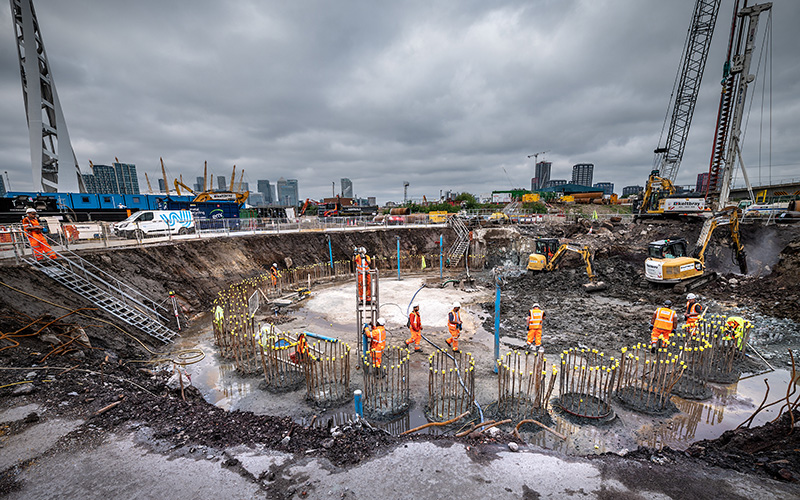
WJ Group has a long heritage in dewatering systems and groundwater control to facilitate the building of structures that extend below groundwater levels. We offer a complete design, installation and maintenance service so there is a solution for all your project needs.
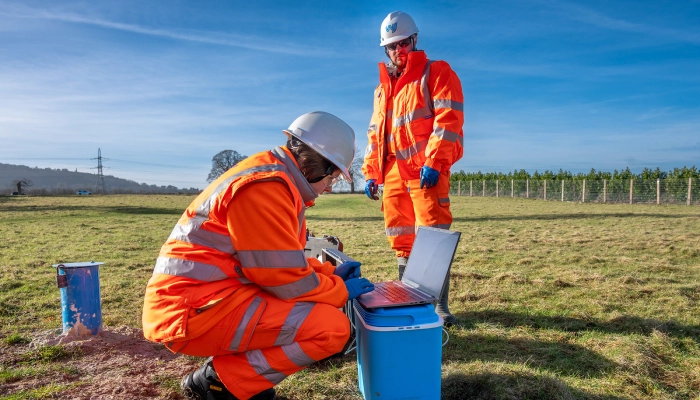
WJ UK provides integrated monitoring solutions across geotechnical, geochemical, groundwater, and surface water disciplines. Our systems help identify long-term trends, support proactive maintenance strategies, and inform future design and construction decisions. With real-time electronic data capture, automated alerts, and expert interpretation, we enable early issue detection and effective project management throughout the lifecycle of your works.
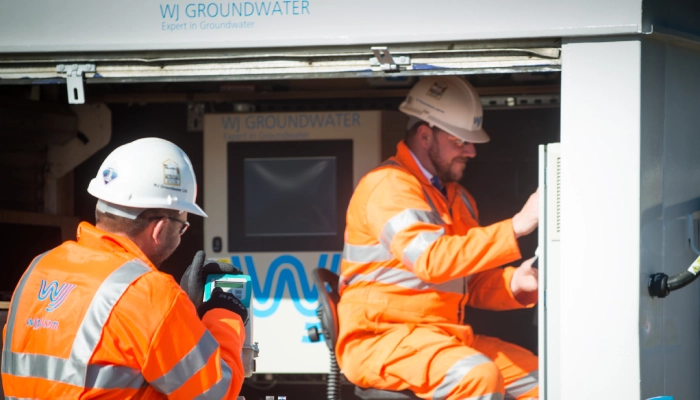
Undertaking pumping and thermal response tests to investigate hydrogeological conditions, requires comprehensive understanding and expertise. With over 30 years of industry-leading experience and vast knowledge across all areas, you can be confident that your project will be completed safely, efficiently and reliably.
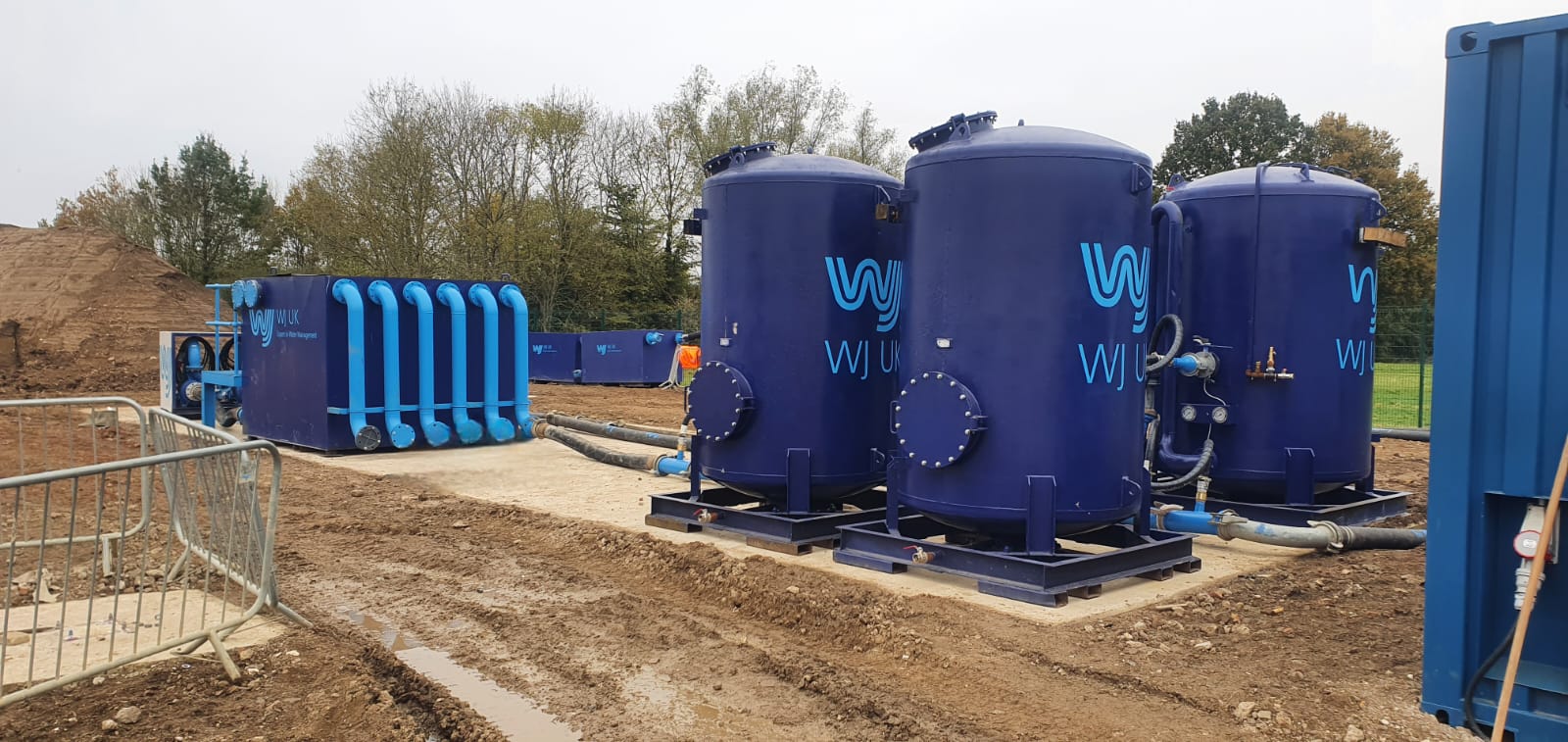
Contamination may be complex—but with WJ UK, it’s manageable. Our expert team delivers end-to-end water treatment solutions tailored for construction projects, supporting both groundwater and surface water challenges. From licensing and environmental permitting through to treatment plant design, installation, commissioning, and ongoing maintenance, we provide technically robust systems to meet regulatory and operational requirements. With proven experience across a wide range of UK infrastructure and development sites, we ensure safe, compliant, and efficient water management at every stage of your project.
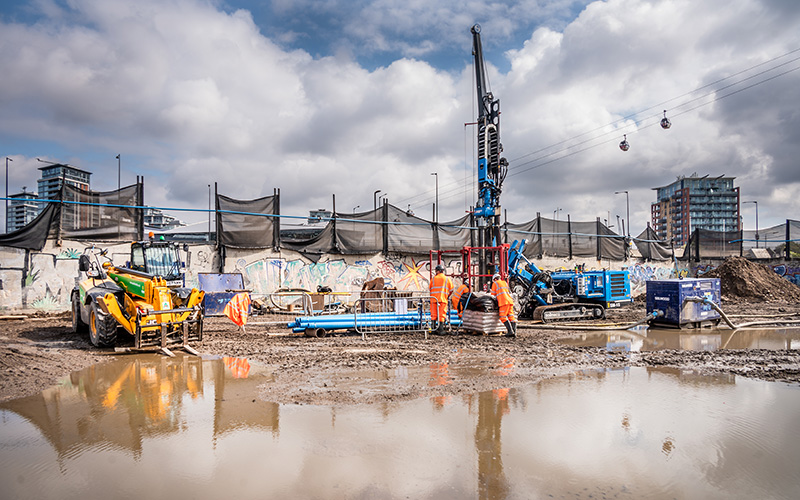
Whether you require a single high-capacity water supply well or a complex array of dewatering wells within a tunnel, WJ UK delivers safe, effective, and fully compliant well drilling solutions. Our fleet of modern, low-emission drilling rigs is supported by experienced teams, including British Drilling Association-audited drillers, ensuring every project meets the highest industry and environmental standards from design through to execution.
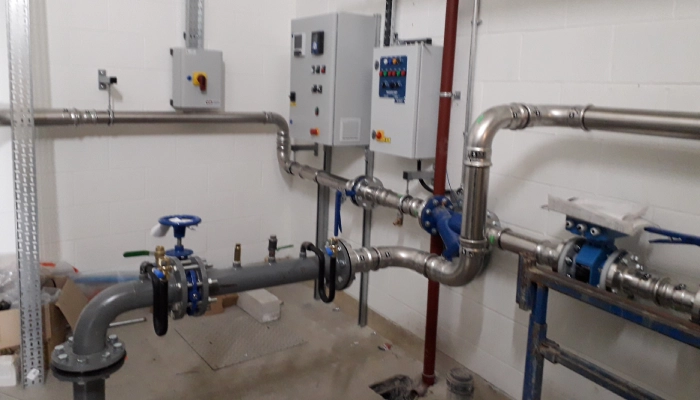
WJ UK provides comprehensive solutions and expert support for ground source heating and coolling energy systems from feasibility studies to well installation, testing and mainteteance. With over 30 years of experience you can be confident that the work will be delivered safely, efficently and relaibly.
No matter the scale or scope of a scheme, we deliver the same great level of customer support, project management and expertise.
Our experts are ready to leverage their extensive industry knowledge to craft tailored solutions for challenges of any size.
Curious about how they can enhance your projects?